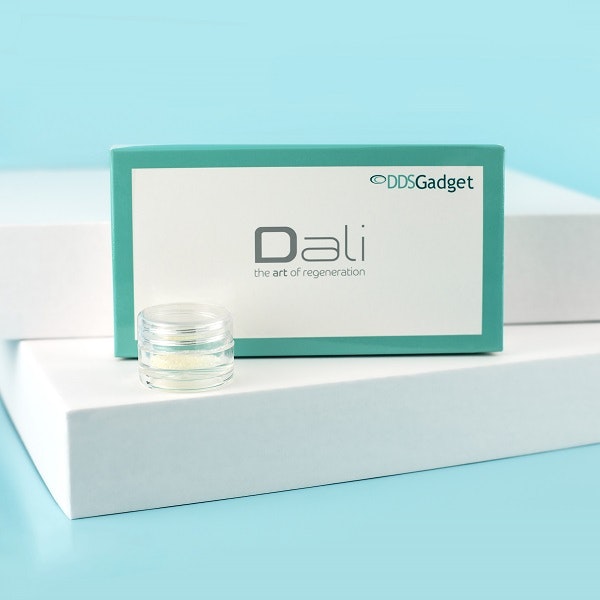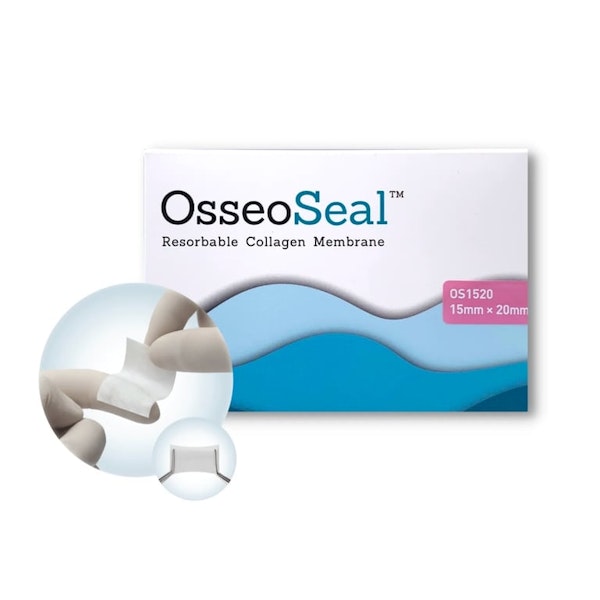In this short video case, Dr. Gober, demonstrates one way of avoiding the need for a lateral sinus lift via the placement of an additional implant.
While a lateral sinus lift is a widely-used procedure, it has its disadvantages. Some potential complications include, sinus perforation, sinusitis, post-op pain, wound dehiscence, loss of graft, and implant failure. Because of the potential morbidities involved, in certain cases it is worth investigating whether an alternative treatment plan should be considered.
In this short video case, Dr. Gober, demonstrates one way of avoiding the need for a lateral sinus lift via the placement of an additional implant. The video also reviews the proven GBR techniques we have covered in previous videos.
In the particular case, the patient presented with a upper right bridge that fell out due to extensive caries on tooth #'s 2 & 4. Normally in a case like this the treatment plan would be 2 implants and a 3-unit brige. The problem was that the sinus floor had taken over most of he bone in the area of #3, and the only way to get an implant in the area was to do a lateral sinus augmentation. However, after consulting with the patient, an alternative treatment was devised in which a 3rd implant would be placed, resulting in 4-unit bridge between 2 to 5. After implants was placed, GBR was performed to address the substantial ridge defects by 3 and 5, and reinforce the buccal plate in the area. As in prior videos, DALI Mineralized Cortical Cancellous Bone and the OsseoSeal collagen membrane were used in conjunction for the GBR procedure. 3 Months post-op the patient returned and while the ridge regeneration was satisfactory, there was a muco-gingival issue due to the advancement of the buccal flap at the time of the extraction. This issue was addressed with techniques described in prior videos. Finally, the implants were restored with 4-unit screw-retained bridge.
We hope this case demonstrates that there are ways to avoid an invasive lateral sinus lift procedure, and sometimes we may need to add an additional ipmlant to facilitate that. By employing proven techniques and materials for regeneration we can be confident that we will be able to restablish nice ridge contours, grow vital bone, and support integration of the implants.
References
1. Review Periodontol 2000. 2019 Oct;81(1):91-123. doi: 10.1111/prd.12286. Risk factors in lateral window sinus elevation surgery, Tiziano Testori et al.
The majority of these complications can be prevented, or their incidence greatly reduced, through a thorough understanding of maxillary sinus anatomy, the multifaceted etiologies of these conditions, and the steps that can be taken to avoid them.
2. Int J Oral Maxillofac Implants. 2013 May-Jun;28(3):860-8. doi: 10.11607/jomi.2793. A retrospective study of complications associated with 100 consecutive maxillary sinus augmentations via the lateral window approach Hung-Wen Lee 1, Wei-Shao Lin, Dean Morton
Sinus floor elevation utilizing the lateral window approach is a predictable approach to manage bone volume deficiency in the posterior maxilla for patients seeking dental implant-based treatment. However, complications may include membrane tear, infection, wound dehiscence, loss of graft, and implant failure. It is vital for the clinician to understand how to recognize and solve these complications.




